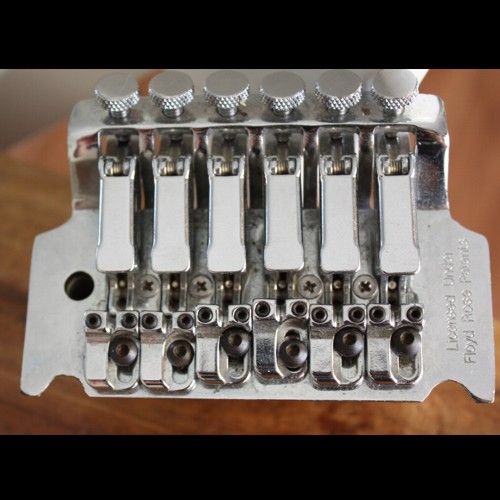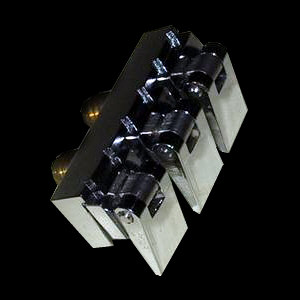Gotoh designed a tool-less Floyd licensed bridge back in 1985 for the WRC (Wayne Charvel) Gibson model. Tool-less clamping that is; Allen screws are still needed for saddle height and intonation.

I scored one of these for an older guitar and adore the design.
This is very interesting...the only other place I have seen this tremolo is on the Moridira Hurricane LTD 2...the guitar Jason becker played and recorded Perpetual Burn with.



